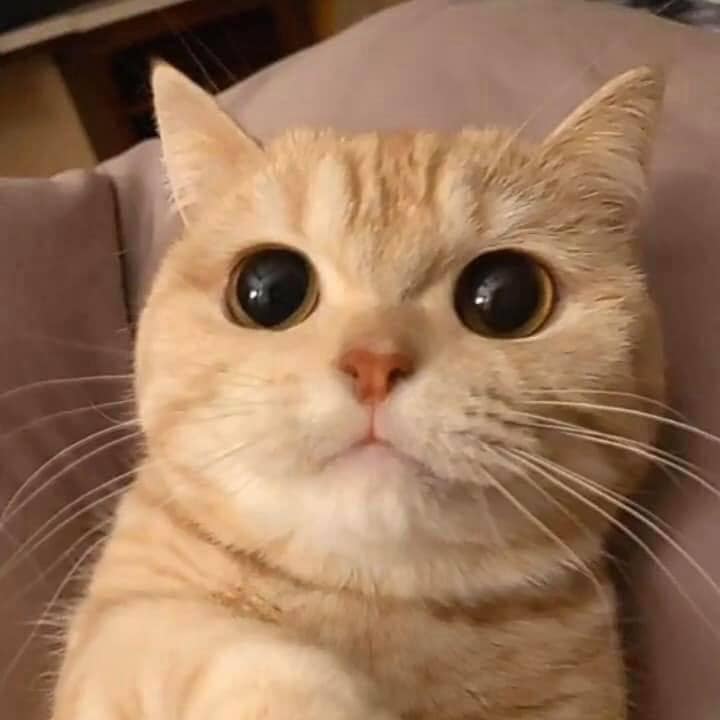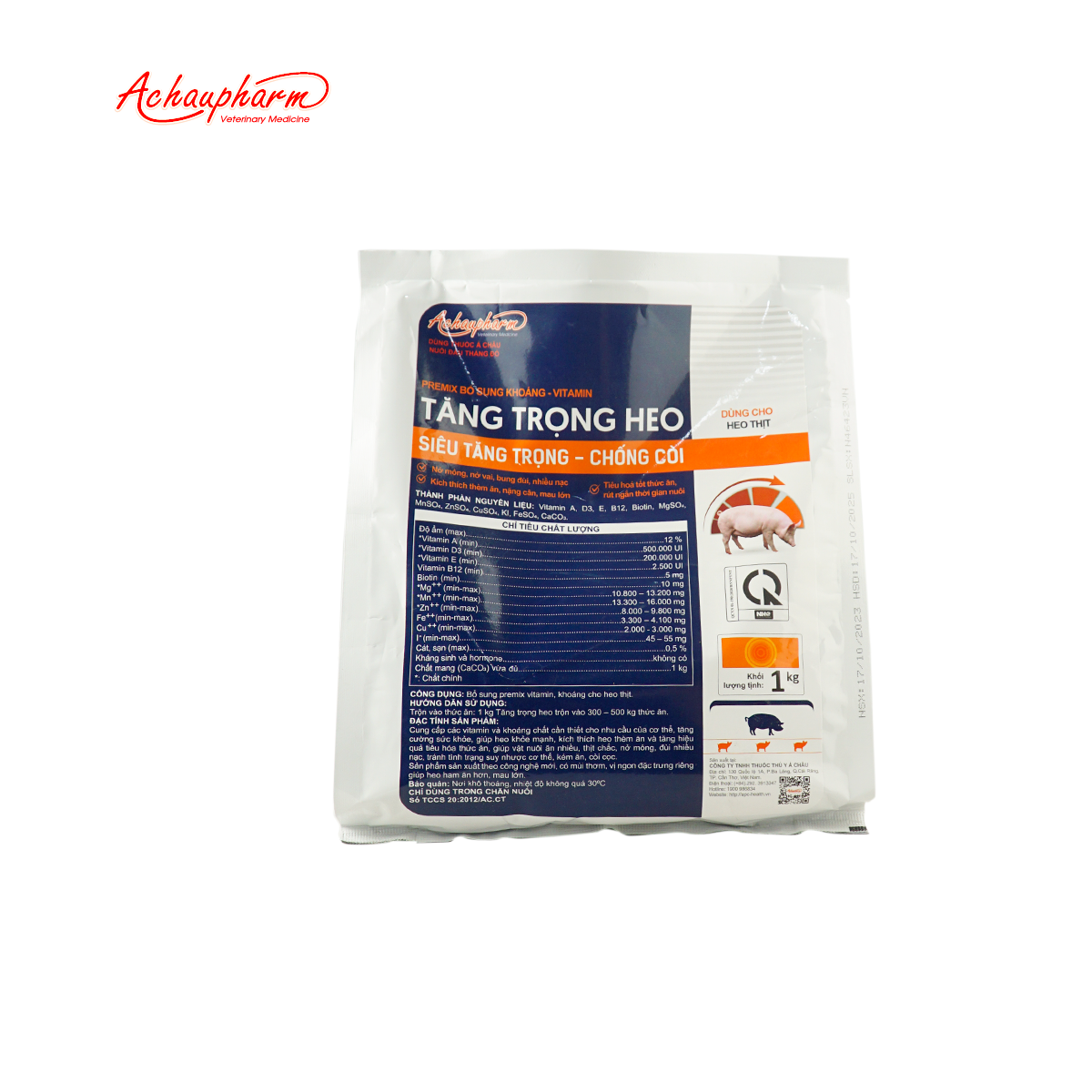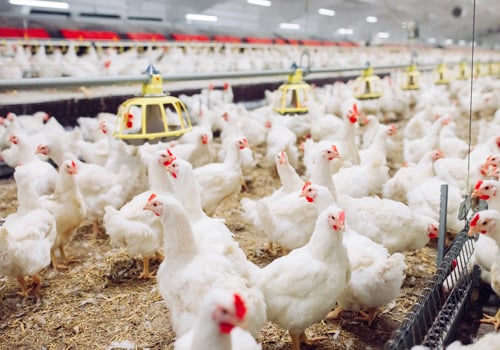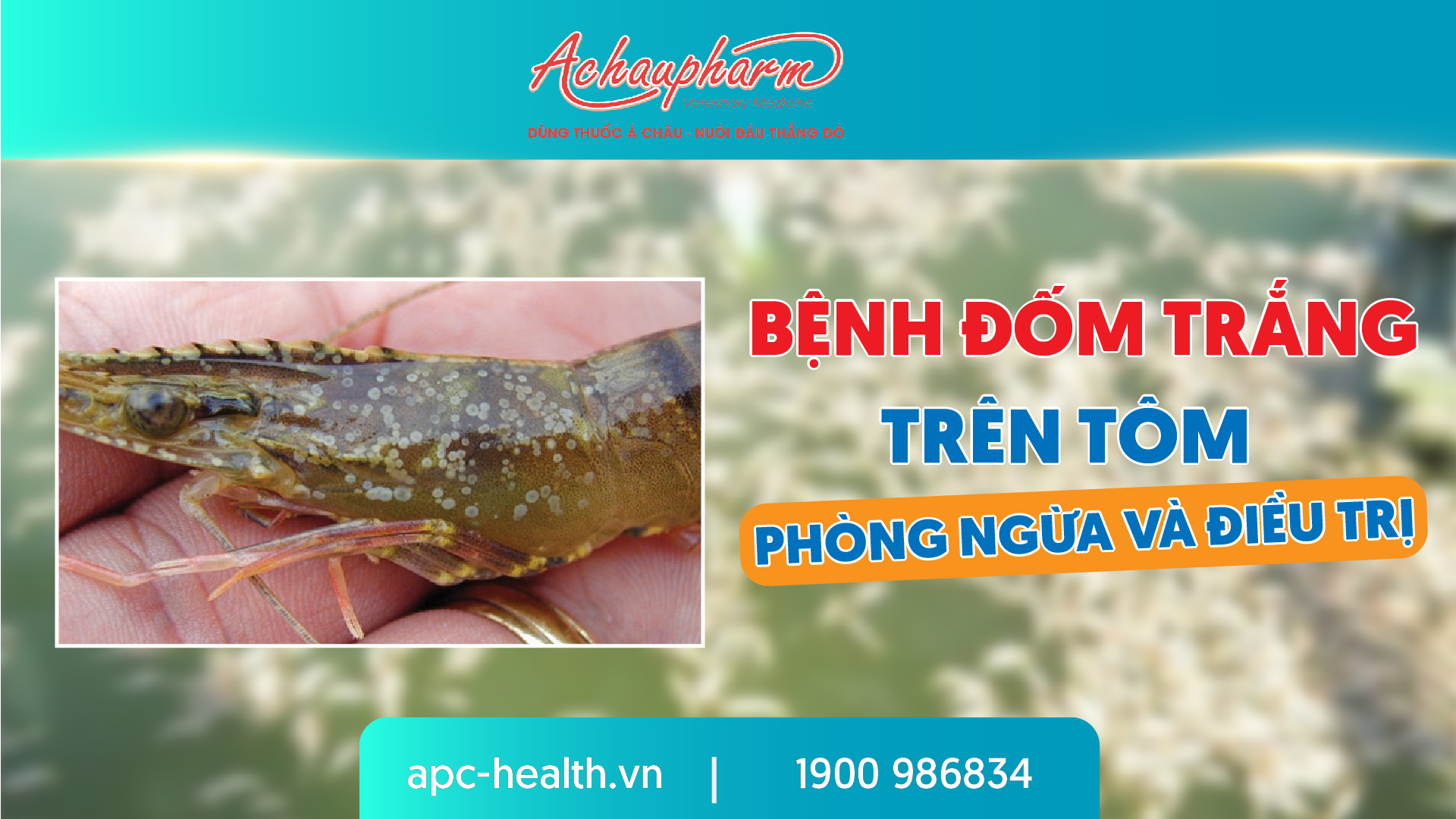Thư viện Chăn nuôi
BỆNH BỊ BÚI LÔNG – TẮC NGHẼN ĐƯỜNG RUỘT Ở MÈO LÀ GÌ?
[:vi]Có lẽ bạn thường cho rằng những hành động như là liếm mặt, lông, đuôi…hay là vuốt mặt là tập tính của mèo. Nhưng nếu quan sát kĩ hơn bạn sẽ thấy rằng sự thực chưa hẳn đã như vậy. Nếu như bạn quan tâm đến mèo cưng thì từ bây giờ hãy chú ý đến những hành động đó nhiều hơn. Bạn sẽ khám phá ra nhiều tưởng chừng như đơn giản nhưng lại có ảnh hưởng rất lớn đến mèo cưng. Nhất là tình trạng mèo bị tắc búi lông rất nguy hiểm.
Thói quen chải chuốt của mèo
Theo như nghiên cứu của trung tâm y tế Cornell Feline, mèo cái thường dành nửa thời gian trong cuộc đời để làm đẹp. Và dường như chúng ta thường không dễ dàng nhận ra có một số cô mèo mắc bệnh “nghiện chải chuốt”.
Tuy nhiên những cô nàng có thói quen liếm lông quá nhiều không hẳn là những cô nàng điệu đà. Mà đó có thể là biểu hiện của một căn bệnh có tên là “bệnh rụng lông ở mèo”. Khi nhìn thấy hành động chúng ta thường cho rằng nàng mèo này đang “làm điệu”.
Bởi vì dấu hiệu này không dễ phát hiện ra vì vẫn nghĩ đó là tập tính của mèo. Việc chải chuốt quá đà có thể bắt nguồn từ căng thẳng. Sau đó tích tụ lại khiến mèo bị búi lông. Nặng hơn nữa là mèo bị tắc búi lông. Hậu quả là mèo bị nôn ra lông.
Nguyên nhân mèo chải chuốt quá nhiều?
Quan sát dấu hiệu chải chuốt của mèo
Cuốn sách “Làm thế nào để thay đổi tập tính của mèo trưởng thành” có thể giúp bạn tìm ra những nguyên nhân dẫn đến việc mèo thường bị rụng lông và thử tạo ra những môi trường mới làm giảm căng thẳng cho mèo cưng.
Tuy có một vài vấn đề chúng ta không thể giải quyết được nhưng chúng ta có thể có một số phương pháp xoa dịu. Giúp mèo cảm thấy bình tĩnh hơn khi đối mặt với sự thay đổi. Tránh chải chuốt nhiều gây ra việc mèo bị tắc búi lông.
Hãy chú ý tới bộ lông của mèo cưng xem là đó có dấu hiệu nào bất thường hay không. Nếu như bạn quan sát thấy mèo cưng của bạn dành quá nhiều thời gian cho việc “chải chuốt”. Nên chú ý tới những khu vực “chải chuốt” quá nhiều. Những bộ phận trên cơ thể có thể dễ dàng nhìn thấy dấu hiệu như bên trong đùi, chân trước, bụng hoặc đuôi.
Điều quan trọng là ngay sau khi thấy có dấu hiệu của sự rụng lông. Bạn phải làm điều gì đó để ngăn chặn việc này tiếp diễn. Điều này cũng là nhân tố kích thích khiến mèo bị búi lông. Tập tính của mèo cũng giống với việc chúng ta thường hay cắn móng tay mỗi khi căng thẳng.
Một số lý do khiến mèo hay chải chuốt
-
- Có một đứa trẻ mới được sinh ra hoặc có thêm một con vật khác trong nhà.
- Bạn thân của mèo qua đời.
- Làm việc quá sức.
- Trong nhà có người ly hôn.
- Ảnh hưởng của con mèo nhà hàng xóm.
- Một người thân trong gia đình qua đời.
- Chuyển nhà.
- Một đứa trẻ trong nhà chuyển đi.
- Trang trí lại nhà cửa.
- Tiếng ồn lớn.
Mèo bị búi lông diễn ra thế nào?
Sức khỏe của mèo cưng và thói quen chải lông của nó là hai yếu tố chính gây nên căn bệnh phiền toái này. Khi mèo tự liếm lông để vệ sinh cơ thể, những gai vị giác hình móc nhỏ li ti trên đầu lưỡi mèo bắt lấy lông rụng. Và sau đó mèo nuốt chúng vào. Đa số lông bị nuốt vào được tiêu hóa dễ dàng. Nhưng có vài sợi còn mắc ở dạ dày, dần dần tích tụ tạo thành búi lông.
Khi búi lông to lên, gây cảm giác khó chịu, mèo bị nôn ra lông. Những búi lông đi ra từ đường thực quản hẹp thường có hình dạng ống trụ mảnh hơn là vòng tròn. Mèo bị tắc búi lông.
Mèo bị búi lông hay xuất hiện ở những giống lông dài. Ví dụ như Mèo Ba tư Anh lông dài hoặc Maine Coon…. Những con mèo rụng nhiều lông, hoặc hay tự chải chuốt quá cũng có nguy cơ bị bệnh. Mèo lớn sẽ dễ mắc bệnh hơn mèo con.
Triệu chứng mèo bị nôn ra lông
Mèo bị búi lông nhìn chung không phải là một vấn đề sức khỏe nghiêm trọng. Nhưng nếu mèo cưng có biểu hiện nôn quá nhiều (vài lần một tuần trên một tháng) thì bạn cần đưa mèo đến bác sĩ Thú Y để khám bệnh. Mèo nôn mửa có thể là một dấu hiệu của nhiều hành vi và tình trạng sức khỏe khác nhau, bao gồm:
-
- Thay đổi cách ăn uống.
- Mèo bị nôn ra lông do ăn cây cỏ.
- Mèo bị nôn ra lông do đồ ăn bị hỏng.
- Kí sinh trùng trong ruột.
- Bệnh tiểu đường.
- Bệnh thận hoặc bệnh tuyến giáp.
- Nuốt phải dị vật.
- Chứng viêm ruột.
Khi búi lông phát triển to lên, chúng có thể gây tắc nghẽn dạ dày và đường ruột của mèo, dẫn đến mèo bị sụt cân, chán ăn, tiêu chảy và ho khạc nhiều. Lúc đó, mèo cưng cần được phẫu thuật để lấy búi lông ra. Điều đó rất tốn kém và có thể nguy hiểm đến tính mạng của mèo.
Chữa trị và phòng tránh cho mèo bị búi lông
Hiện nay chưa có phương pháp điều trị dứt điểm bệnh búi lông này. Nhưng người nuôi thú có thể áp dụng các cách sau để giảm bớt các búi lông rối và thói quen liếm lông của mèo:
1. Chải lông thường xuyên hạn chế mèo bị búi lông
Khi bạn chăm sóc bộ lông cho mèo cưng, mèo sẽ hạn chế thói quen liếm lông. Do đó sẽ có ít búi lông bị mắc kẹt trong bụng hơn. Việc mèo bị tắc búi lông sẽ không xảy ra. Việc chải chuốt cho mèo cưng mỗi ngày vừa là cách hiệu quả để giảm số lượng búi lông rối. Vừa giúp tình cảm giữa bạn và thú cưng thêm bền chặt.
Nếu mèo cưng không quen được với việc bị chải lông, bạn nên tìm cách đưa mèo đến thợ chải lông chuyên nghiệp. Để họ chải chuốt và cắt ngắn bộ lông đi (đặc biệt dành cho giống mèo lông dài).
2. Sử dụng thức ăn cho mèo bị búi lông
Hiện nay trên thị trường có nhiều nhãn hàng thực phẩm giúp giảm búi lông cho mèo. Những loại thức ăn cho mèo này có chung công thức hàm lượng chất xơ cao giúp bộ lông chắc khỏe, hạn chế rụng lông và kích thích hệ tiêu hóa, mèo bị nôn ra lông và tống búi lông ra ngoài cơ thể. Ngăn chặn tình trạng mèo bị tắc búi lông sau khi sử dụng.
Bên cạnh đó, bạn nên thay đổi bữa ăn của mèo cưng. Hàm lượng chất xơ cao hơn, hạn chế đồ ăn nhanh ít năng lượng và huấn luyện mèo cưng tập thể dục nhiều hơn.
3. Sử dụng thuốc làm đẹp lông cho mèo
Chăm sóc lông mèo khỏe mạnh, giảm thiểu tình trạng rụng rối bằng gel dinh dưỡng cho mèo , thuốc làm đẹp lông cho mèo. Những sản phẩm này có tác dụng nhanh chóng và an toàn. Được đa số người nuôi mèo sử dụng.
Ngoài ra, một số loại thuốc trị mèo bị búi lông thường chứa một loại dầu không thể tiêu hóa hoặc chất nhầy với mùi vị hấp dẫn giống như sữa và mùi mạch nha hay thịt cá ngừ. Khiến mèo bị nôn ra lông, tống các búi lông còn mắc kẹt ra ngoài cơ thể nhanh chóng. Nếu mèo bị tắc búi lông bạn có thể sử dụng theo gợi ý của bác sĩ thú y.
4. Sử dụng sữa tắm, dầu xả dưỡng lông mèo
Việc tắm cho mèo thường xuyên rất có hiệu quả trong việc loại bỏ lông rối. Tuy nhiên, bạn cần biết loại sữa tắm nào phù hợp với thú cưng của mình. Tuyệt đối không dùng sữa tắm, dầu gội của người cho mèo. Nó sẽ khiến lông và da mèo kém khỏe và xơ rối hơn. Các thương hiệu sữa tắm cho mèo tốt nhất hiện nay nên khuyến khích sử dụng….
5. Sử dụng cỏ – cat nip cho mèo bị búi lông
Cỏ cho mèo giúp mèo ăn ngon miệng hơn, lông bóng mượt và kích thích sự phát triển tự nhiên cho mèo. Xóa tan căng thẳng của mèo cưng. Làm giảm tỷ lệ mèo bị búi lông vô cùng hiệu quả.
Bên cạnh đó tăng cường sự trao đổi của hệ tiêu hóa và khiến mèo bị nôn ra lông, thải ra những búi lông còn mắc kẹt trong bụng mèo cưng. Sản phẩm tốt nhất cho những chú mèo bị tắc búi lông trong thời gian dài.
Phương pháp giảm tập tính liếm lông của mèo
Chơi cùng và quan tâm tới mèo cưng là những biện pháp hữu hiệu giúp loại bỏ những căng thẳng mà mèo cưng đang phải chịu đựng. Hàng ngày nói chuyện cùng mèo cưng giúp ích rất nhiều trong việc giúp nó quên đi căng thẳng và khiến nó cảm thấy an toàn một lần nữa.
Nếu bạn phải ra ngoài làm việc thì hãy chuẩn bị một ít đồ chơi cho mèo cưng. Cùng tham gia với Achaupharm ở Chương trình nhận quà Free cho Thú cưng . Giới thiệu với nó về loại đồ chơi này và giúp nó tập làm quen với chúng. Hương hoa bách hợp có thể giúp cho mèo cưng giảm căng thẳng một cách hiệu quả. Thử chà một chút hương hoa bách hợp vào tai mèo cưng. Hoặc chà miếng đệm chân của nó. Hay thêm một vài giọt vào nước uống của nó cũng sẽ giúp nó thoải mái hơn.
Nếu như môi trường sống thay đổi không phải là nguyên nhân “chải chuốt” dẫn tới mèo bị búi lông hoặc mèo bị tắc búi lông thì hãy đưa nó đến gặp bác sĩ thú y. Đây có thể là nguyên nhân của một số căn bệnh của mèo như: cường giáp, dị ứng thức ăn, nhiễm nấm, ký sinh trùng ở da, bị ghẻ. Nếu như được điều trị thì quá trình “chải chuốt” này có thể dừng lại.
Hạn chế liếm lông dẫn tới tình trạng mèo bị nôn ra lông bằng cách huấn luyện. Hoặc thu hút mèo bằng các hoạt động lành mạnh thú vị khác để mèo quên đi. Thường xuyên dắt mèo đi dạo sẽ giúp chúng cảm thấy vui vẻ, hạnh phúc hơi. Việc vận động cũng sẽ khiến chúng dành thời gian nghỉ ngơi nhiều hơn thay vì ngồi liếm lông.
[:en]Perhaps you often think that actions such as licking the face, fur, tail … or stroking the face are the behavior of cats. But if you look more closely you will see that this is not the case. If you care about your cat, from now on, pay more attention to those actions. You will discover many seemingly simple things that have a huge impact on your cat. Especially the condition of a cat with a clogged hairball is very dangerous.
Cat Grooming Habits
According to a study by Cornell Feline Medical Center, female cats usually spend half of their life in beauty. And it seems that we often do not easily realize that there are some cats with “grooming addiction”.
However, girls who have a habit of licking their hair too much are not necessarily stylish girls. It could be a symptom of a disease called “cat hair loss”. When we see the action, we often think that this cat is “doing”.
Because this sign is not easy to detect because it is still thought that it is a cat’s behavior. Over-grooming can stem from stress. Then it accumulates, causing the cat to have a hairball. Even worse, the cat has a clogged hairball. As a result, the cat vomits fur.
What causes cats to groom too much?
Watch your cat for signs of grooming
The book “How to Change Adult Cat Behavior” can help you figure out what causes your cat’s frequent shedding and try creating new environments that reduce stress for your cat.
While there are some problems we can’t solve, we can have some relief. Help your cat feel calmer in the face of change. Avoid over-grooming that causes the cat to get clogged with hairballs.
Pay attention to your cat’s coat to see if there are any unusual signs. If you observe that your pet cat spends too much time on “grooming”. Pay attention to areas of “grooming” too much. Parts of the body that are easily visible include the inside of the thighs, front legs, belly or tail.
It is important as soon as there are signs of hair loss. You have to do something to stop this from happening. This is also the trigger that causes the cat to have hairballs. Cat behavior is similar to how we often bite our nails when stressed.
-
- Some reasons why cats often groom
- Have a new baby or have another animal in the house.
- The cat’s best friend passed away.
- Overwork.
- There is a divorcee in the house.
- The influence of the neighbor’s cat.
- A family member passed away.
- Moving house.
- A child in the house moves out.
- Redecorate the house.
- Loud noise.
How does a cat get a hairball?
Your cat’s health and its grooming habits are the two main factors that contribute to this annoying disease. When cats lick themselves to clean their bodies, the tiny hook-shaped taste buds on the tip of the cat’s tongue capture the lost hair. And then cats swallow them. Most swallowed hair is easily digested. But there are a few fibers still stuck in the stomach, gradually accumulating to form a tuft of hair.
When the hairball is large, causing discomfort, the cat vomits hair. The tufts emerging from the narrow esophageal tract are usually slender cylindrical rather than circular in shape. The cat has a clogged hairball.
Cats with tufts often appear in long-haired breeds. Cats that shed a lot of hair, or who groom themselves too much, are also at risk. Large cats are more susceptible to illness than kittens.
Symptoms of cat vomiting hair
Cats with hairballs are generally not a serious health problem. But if your cat shows signs of vomiting excessively (several times a week for a month), you need to take the cat to the veterinarian for a medical examination. Cat vomiting can be a sign of many different behaviors and health conditions, including:
-
- Change the way you eat.
- Cats vomit hair from eating plants.
- Cats vomit hair due to spoiled food.
- Parasites in the intestine.
- Diabetes.
- Kidney disease or thyroid disease.
- Ingestion of foreign body.
- Inflammatory bowel disease.
As hairballs grow larger, they can clog your cat’s stomach and intestines, leading to weight loss, loss of appetite, diarrhea, and a profuse cough. At that time, the pet cat needs surgery to remove the hairball. That’s expensive and can be life-threatening.
Treatment and prevention for cats with hairballs
Currently, there is no cure for this hairball disease. But pet owners can apply the following ways to reduce tangles and licking habits of cats:
1. Regular brushing prevents cats from getting hairballs
When you take care of your cat’s coat, the cat will limit the habit of licking. As a result, there will be less tufts of hair trapped in the abdomen. It will not happen that the cat has a clogged hairball. Grooming your cat every day is both an effective way to reduce the number of tangles. It also helps to strengthen the bond between you and your pet.
If your cat can’t get used to being groomed, you should find a way to take your cat to a professional groomer. Let them groom and cut their coat short (especially for cats
2. Use cat food with hairballs
Currently on the market there are many brands of foods that help reduce hairballs for cats. These cat foods share the same high-fiber formula to help strengthen the coat, limit hair loss and stimulate the digestive system, cats vomit hair and expel hairballs from the body. Prevent the cat from being clogged with hairballs after use.
Besides, you should change your cat’s meals. Higher fiber content, limiting low-calorie fast food and training your cat to exercise more.
3. Use a hair beautifier for cats
Take care of healthy cat hair, minimize tangles with nutritional gel for cats, medicine to beautify cats’ hair. These products work quickly and are safe. Used by most cat owners.
In addition, some medications for cats with hairballs often contain an indigestible oil or mucus with a nutty taste like milk and the smell of malt or tuna meat. Causing the cat to vomit hair, expelling the stuck hairballs out of the body quickly. If your cat has a clogged hairball, you can use it as suggested by your veterinarian.
4. Use cat shampoo and conditioner
Regular bathing is very effective in getting rid of tangled hair. However, you need to know which shower gel is right for your pet. Absolutely do not use human shower gel, shampoo for cats. It will make your cat’s coat and skin less healthy and frizzy. The best brands of cat shower gel today should encourage the use of….
5. Use grass – cat nip for cats with hairballs
Cat grass helps cats eat more palatable, shiny fur and stimulates the natural growth of cats. Relieve your cat’s stress. Reducing the rate of cats with hairballs is extremely effective.
Besides, it enhances the metabolism of the digestive system and causes the cat to vomit hairs, discharge the tufts of hair that are still stuck in the pet cat’s belly. The best product for cats with long-term clogged hairballs.
Methods to reduce cat licking behavior
Playing with and caring for your cat are effective ways to relieve stress that your cat is experiencing. Talking to your cat on a daily basis goes a long way in helping her get over her stress and make her feel safe again.
If you have to go out to work, prepare some toys for your cat. Join Achaupharm in the Pet Free Gift Program. Introduce him to these toys and help him get used to them. The scent of lily flowers can effectively help cats reduce stress. Try rubbing a little juniper into your cat’s ears. Or rub its foot pads. Or adding a few drops to its drinking water will also make it more comfortable.
If environmental changes aren’t the cause of the “grooming” of your cat’s hairballs or bunions, take her to the vet. This can be the cause of a number of diseases in cats such as hyperthyroidism, food allergies, fungal infections, skin parasites, scabies. With treatment, this “grooming” process can be stopped.
Limiting licking leads to cat vomiting by training. Or engage your cat with other fun healthy activities for her to forget. Regularly walking your cat will help them feel happy, slightly happy. Exercise will also make them spend more time resting instead of sitting and licking their fur.
[:]

 04 loại Premix trong thú y chăn nuôi
04 loại Premix trong thú y chăn nuôi Các loại thuốc thú y cho gà thường sử dụng
Các loại thuốc thú y cho gà thường sử dụng 06 Giải pháp dinh dưỡng tối ưu cho gia cầm
06 Giải pháp dinh dưỡng tối ưu cho gia cầm Bệnh đốm trắng trên tôm và cách phòng bệnh | 05 dấu hiệu nhận biết
Bệnh đốm trắng trên tôm và cách phòng bệnh | 05 dấu hiệu nhận biết Cách điều trị bệnh hoại tử cơ trên tôm thẻ và 03 lưu ý để kiểm soát dịch bệnh
Cách điều trị bệnh hoại tử cơ trên tôm thẻ và 03 lưu ý để kiểm soát dịch bệnh Bệnh hoại tử cơ ở tôm 03 dấu hiệu nhận biết
Bệnh hoại tử cơ ở tôm 03 dấu hiệu nhận biết

